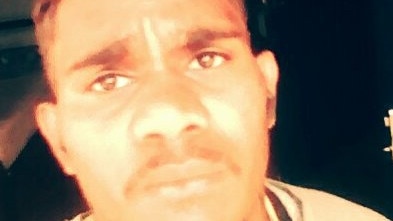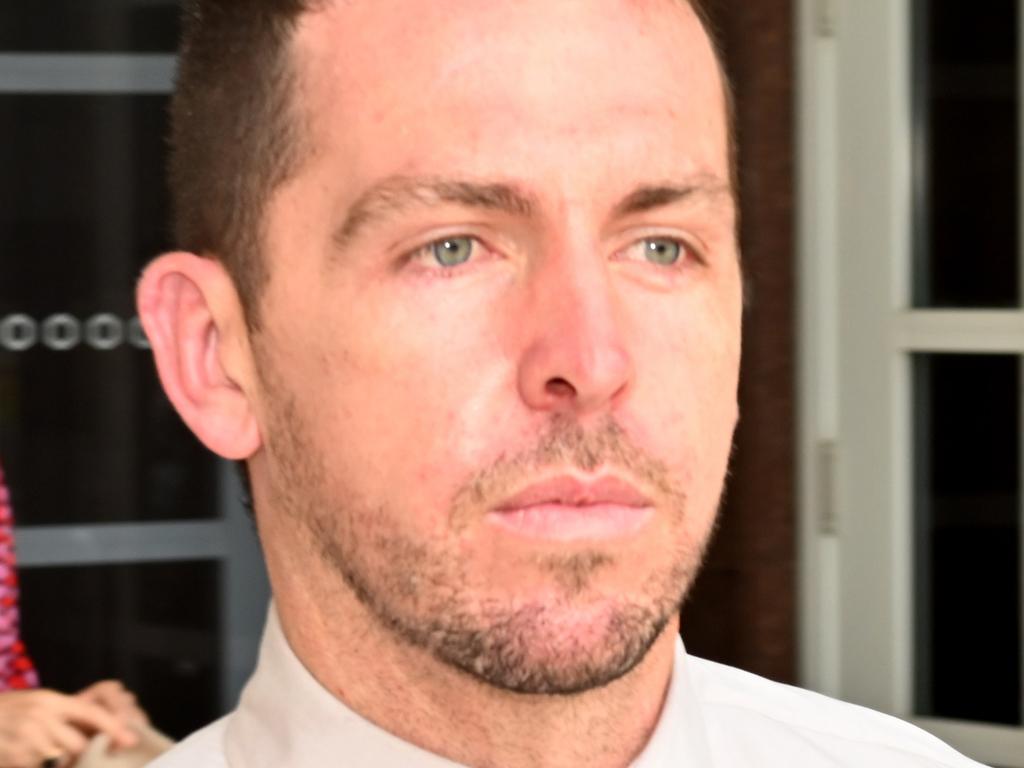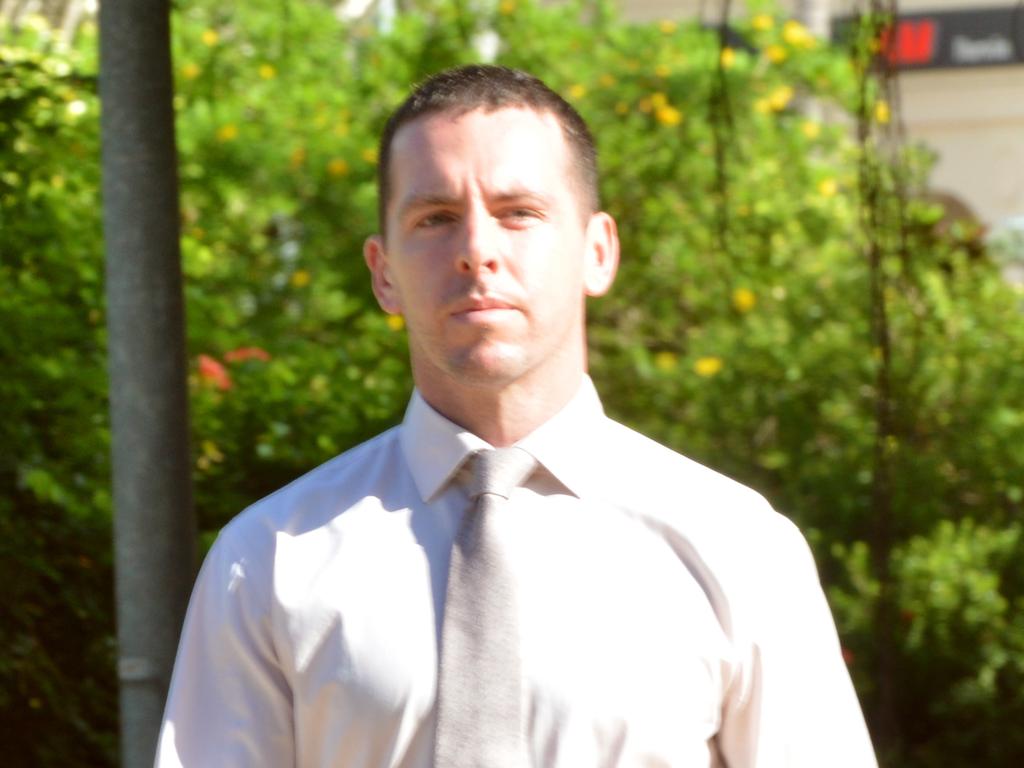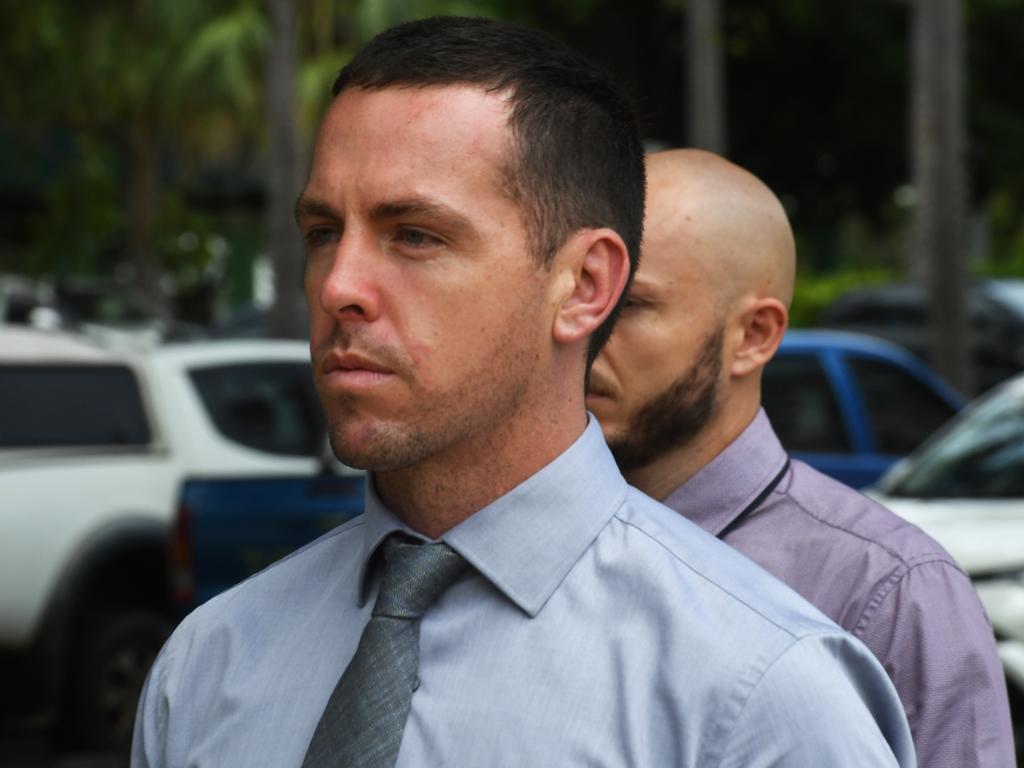Medical staff exodus meant Kumanjayi Walker ‘no chance of surviving’
Kumanjayi Walker might have survived being shot by police if Yuendumu medical staff had not fled the troubled outback community on the day the tragedy unfolded, a court has heard.

Kumanjayi Walker might have survived being shot by Northern Territory Police if Yuendumu medical staff had not fled the troubled outback community on the day the tragic incident unfolded, a court has heard.
The jury in Constable Zachary Rolfe’s murder trial on Monday learned only one of the three gunshot wounds Aboriginal teenager Walker sustained was likely fatal. That bullet passed from one side of his body to the other, penetrating several vital organs.
Military surgeon Michael Reade told the court Walker was “going to die” the moment the shot entered his body. “It had done such a degree of … damage to those major organs … that he would have required … advanced resuscitation techniques,” Dr Reade said.
“(He would also have required) what we would term ‘damage-control surgery’, for which … the closest available place was Alice Springs, and that was too far away for him to access within the time available for him to access it.”
Dr Reade said Walker might have survived if better medical care had been on hand at the time. “Had he been shot within metres of me here at the Royal Brisbane Hospital, I think his chance of surviving would’ve been extremely high,” he said. “I estimated his chance of death would’ve been only around 1 per cent.”
David Edwardson QC for Constable Rolfe and Sophie Callan SC for the Crown pressed Dr Reade on what might have happened had Yuendumu clinic staff not left the community hours before the shooting. “If those prehospital interventions that I do not believe were within the scope of practice of the police … but may have been within the scope of practice of the nursing staff who, of course, were not there … had they been applied, that could have delayed his death long enough for a retrieval team to arrive,” he said. “But I can’t provide any certainty over that.”
Walker suffered blood loss but not enough to kill him. He died when blood and air accumulating in his chest cavity combined with lung damage to stop him from breathing.
The jury has been told Yuendumu clinic staff fled the community over safety fears related to a spate of break-ins in the days before the November 2019 incident.
Constable James Kirstenfeldt, a member of Rolfe’s police Immediate Response Team, testified last week that Yuendumu police officer-in-charge Sergeant Julie Frost told him Walker “ran a group of breakers … young fellows that look up to him and follow him, and they break into all their (nurses’) houses, and they’d (the nurses) all had enough and were scared and left the community”.
Sergeant Frost told the court she heard those rumours, but there was no evidence to support them. The court has heard Walker’s mother sniffed petrol, and he was “slow”.
Dr Reade said the police involved in Walker’s shooting did everything they could “given their training” after the incident to save his life by administering first aid.
Rolfe shot Walker after the latter stabbed him with scissors during a botched attempted arrest. The jury was shown the scissors, roughly 130mm long, with a 45mm blade. Walker gave Rolfe a less-than-3mm puncture to his shoulder.
NT Police forensic biologist Kate Cheong-Wing told the court a number of items recovered from the crime scene showed evidence of bloodstains, but that “confirmatory” testing was not done, so it was impossible to know for sure.
The trial continues.







